Editor's Picks
Articles
Latest
Most Viewed
Most Downloaded
Most Cited
Open Access
Original Article
Utility of myocardial work by echocardiography in the early diagnosis of cardiotoxicity
Denise Cortes-Pérez ... Carlos Martínez-Hernández
Published: April 27, 2025 Explor Cardiol. 2025;3:101254
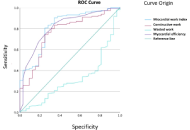
Open Access
Review
The link between preterm birth and long-term cardiovascular risk: mechanisms, evidence, and vulnerable populations: a review
Luisiana Stolfi ... Simona Pesce
Published: April 22, 2025 Explor Cardiol. 2025;3:101253
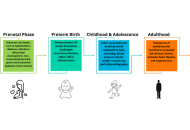
Open Access
Original Article
Impact of tricuspid regurgitation on right ventricular myocardial work in patients with pulmonary hypertension: a pilot study
Mauro Acquaro ... Stefano Ghio
Published: April 22, 2025 Explor Cardiol. 2025;3:101252
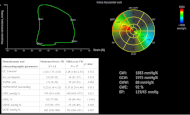
Open Access
Review
Age-related atrial fibrillation: is there a role for the gut microbiome?
Michael Li ... Robert M. Lust
Published: March 24, 2025 Explor Cardiol. 2025;3:101251
This article belongs to the special issue Molecular Mechanisms of Cardiovascular Aging
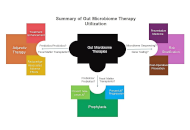
Open Access
Review
Comparison of short-term and long-term effects of peroral L-carnitine intake: clinical implications of elevated TMAO levels in cardiovascular complications
Harsahaj Singh Wilkhoo ... Adnan Akhtar Shaikh
Published: February 10, 2025 Explor Cardiol. 2025;3:101250
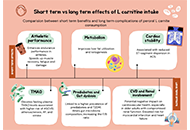
Open Access
Original Article
Extubation of patients with COVID-19 acute respiratory failure during extracorporeal membrane oxygenation support is associated with improved survival
Sean Kelleher ... Amit Prasad
Published: February 05, 2025 Explor Cardiol. 2025;3:101249
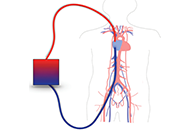
Open Access
Editorial
Who is the author: genuine, honorary, ghost, gold, and fake authors?
Eugenio Picano
Published: May 13, 2024 Explor Cardiol. 2024;2:88–96
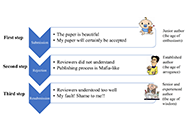
Open Access
Original Article
Coronary external diameter index for assessing coronary artery involvement in Kawasaki disease
Andrea Azzarelli ... Francesco Vierucci
Published: October 31, 2023 Explor Cardiol. 2023;1:103–113
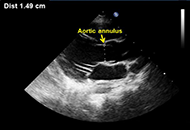
Open Access
Review
Mitral valve prolapse—arrhythmic faces of the valve disease
Maria Możdżan ... Karina Wierzbowska-Drabik
Published: October 31, 2023 Explor Cardiol. 2023;1:72–87
This article belongs to the special issue Common cardiovascular target for a wide gamut of contemporary health problems – thrombotic and arrhythmic sides of an inflammatory coin
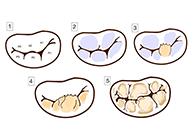
Open Access
Review
Why and when should be lipoprotein(a) level measured?
Miłosz Broncel, Marlena Broncel
Published: December 29, 2023 Explor Cardiol. 2023;1:180–192
This article belongs to the special issue Common cardiovascular target for a wide gamut of contemporary health problems – thrombotic and arrhythmic sides of an inflammatory coin
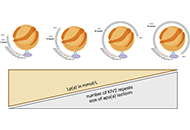
Open Access
Review
Laboratory markers of metabolic syndrome
Filipa Morgado ... Leonel Pereira
Published: June 24, 2024 Explor Cardiol. 2024;2:114–133
This article belongs to the special issue Molecular Mechanisms of Cardiovascular Aging
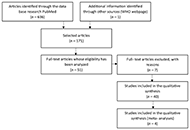
Open Access
Review
B-lines by lung ultrasound in cardiology
Marco Antonio Rodrigues Torres, Natália Moraes de Quevedo
Published: November 14, 2024 Explor Cardiol. 2024;2:265–279
This article belongs to the special issue Multimodality Imaging in Ischemic Heart Disease
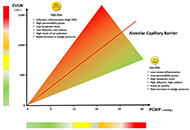
Open Access
Editorial
Who is the author: genuine, honorary, ghost, gold, and fake authors?
Eugenio Picano
Published: May 13, 2024 Explor Cardiol. 2024;2:88–96

Open Access
Original Article
Coronary external diameter index for assessing coronary artery involvement in Kawasaki disease
Andrea Azzarelli ... Francesco Vierucci
Published: October 31, 2023 Explor Cardiol. 2023;1:103–113

Open Access
Review
Diagnostic modalities for ischemic heart disease: evaluating the role of stress echocardiography, cardiac CT, and myocardial perfusion scintigraphy in guiding coronary angiography
Marco Fabio Costantino ... Luisiana Stolfi
Published: January 13, 2025 Explor Cardiol. 2025;3:101243
This article belongs to the special issue Multimodality Imaging in Ischemic Heart Disease
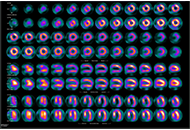
Open Access
Review
B-lines by lung ultrasound in cardiology
Marco Antonio Rodrigues Torres, Natália Moraes de Quevedo
Published: November 14, 2024 Explor Cardiol. 2024;2:265–279
This article belongs to the special issue Multimodality Imaging in Ischemic Heart Disease

Open Access
Review
Emerging technologies and applications in multimodality imaging for ischemic heart disease: current state and future of artificial intelligence
Praveen Kumar Chandra Sekar, Ramakrishnan Veerabathiran
Published: November 11, 2024 Explor Cardiol. 2024;2:253–264
This article belongs to the special issue Multimodality Imaging in Ischemic Heart Disease
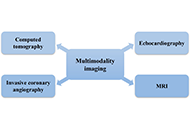
Open Access
Editorial
Who is a reviewer? The Good, the Bad, and the Ugly phenotypes
Eugenio Picano
Published: January 23, 2025 Explor Cardiol. 2025;3:101248
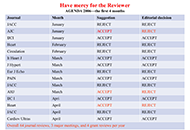
Open Access
Review
Noninvasive identification and therapeutic implications of supernormal left ventricular contractile phenotype
Yi Wang, Lixue Yin
Published: June 17, 2024 Explor Cardiol. 2024;2:97–113
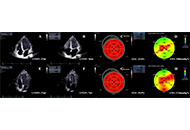
Open Access
Review
Laboratory markers of metabolic syndrome
Filipa Morgado ... Leonel Pereira
Published: June 24, 2024 Explor Cardiol. 2024;2:114–133
This article belongs to the special issue Molecular Mechanisms of Cardiovascular Aging

Open Access
Editorial
Who is the author: genuine, honorary, ghost, gold, and fake authors?
Eugenio Picano
Published: May 13, 2024 Explor Cardiol. 2024;2:88–96

Open Access
Original Article
Normal physiologic coronary flow velocity gradient across the left anterior descending artery in healthy asymptomatic subjects
Fausto Rigo ... Maurizio Agnoletto
Published: August 31, 2023 Explor Cardiol. 2023;1:42–48
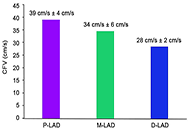
Open Access
Review
Toxic metals in pregnancy and congenital heart defects. Insights and new perspectives for a technology-driven reduction in food sources
Francesca Gorini, Alessandro Tonacci
Published: November 13, 2023 Explor Cardiol. 2023;1:114–140
This article belongs to the special issue Environmental Cardiology

Open Access
Commentary
Low-doses ionizing radiation exposure: an emerging causal risk factor for cardiovascular disease
Maria Grazia Andreassi
Published: December 11, 2023 Explor Cardiol. 2023;1:141–147
This article belongs to the special issue Environmental Cardiology
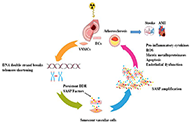
Special Issues
Ongoing Special lssues
Completed Special lssues
The Effect of Sexual Dysfunctions, Peripheral Artery Disease, and Patient Education on the Cardiovascular Risk in Diabetes
Carmine Gazzaruso Adriana Coppola
August 15, 2025
Published Articles: 0
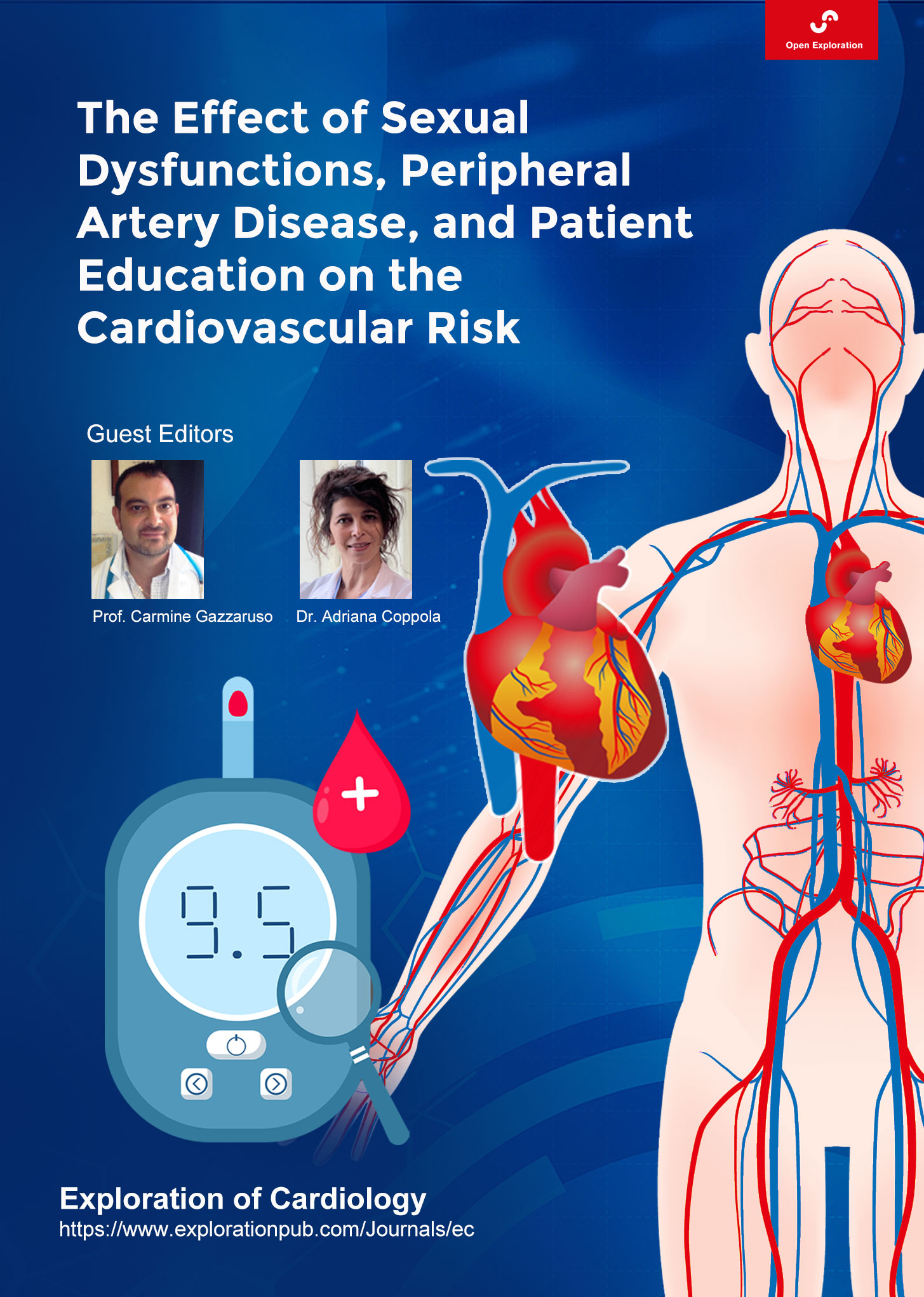
Exploring Exercise Cardiology: from Molecules to Humans
Paulo Gentil
June 30, 2025
Published Articles: 1
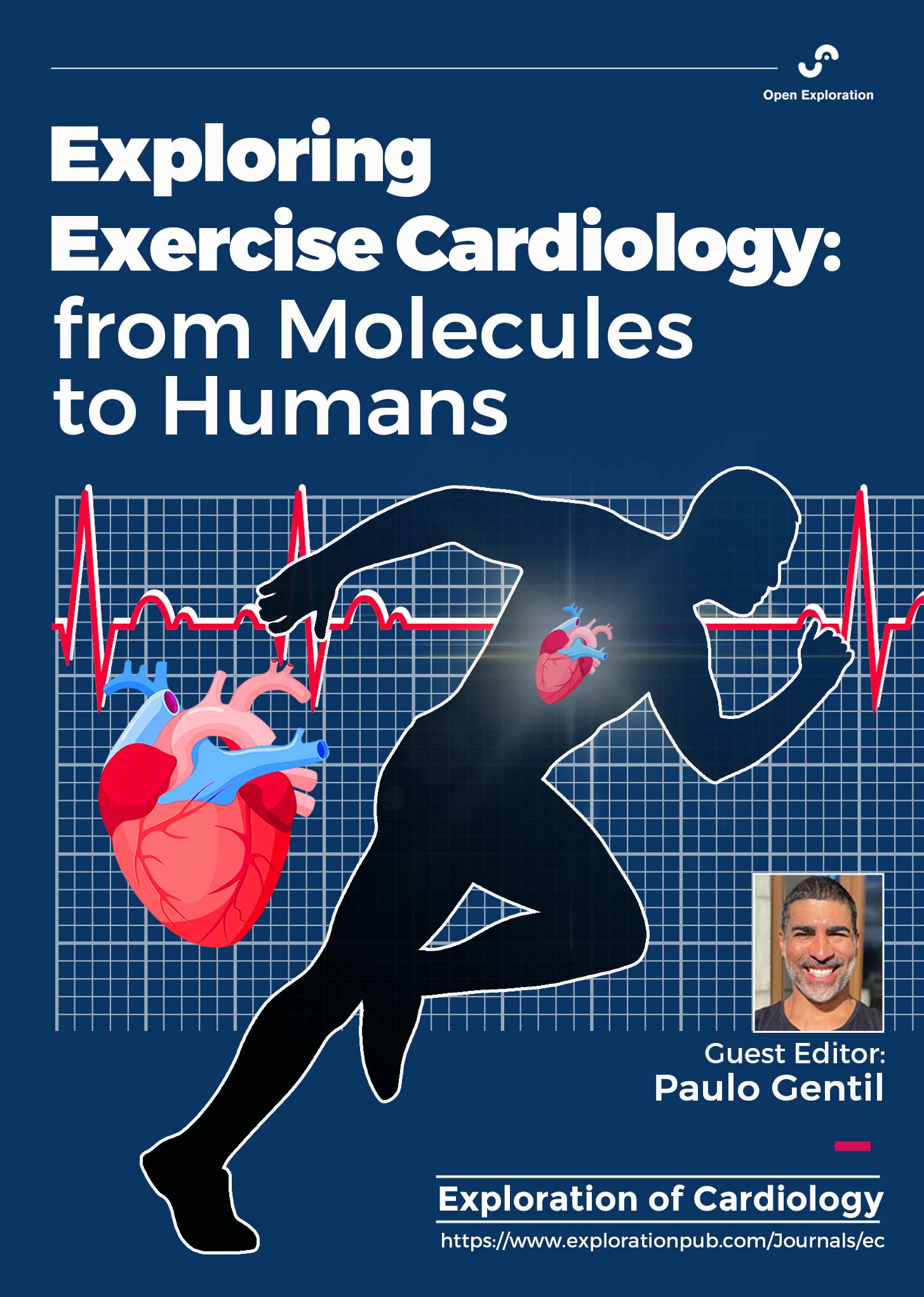
Cardiovascular Risk for Mothers and Offspring Resulting from Complicated Pregnancy
Ilona Hromadnikova
June 30, 2025
Published Articles: 2
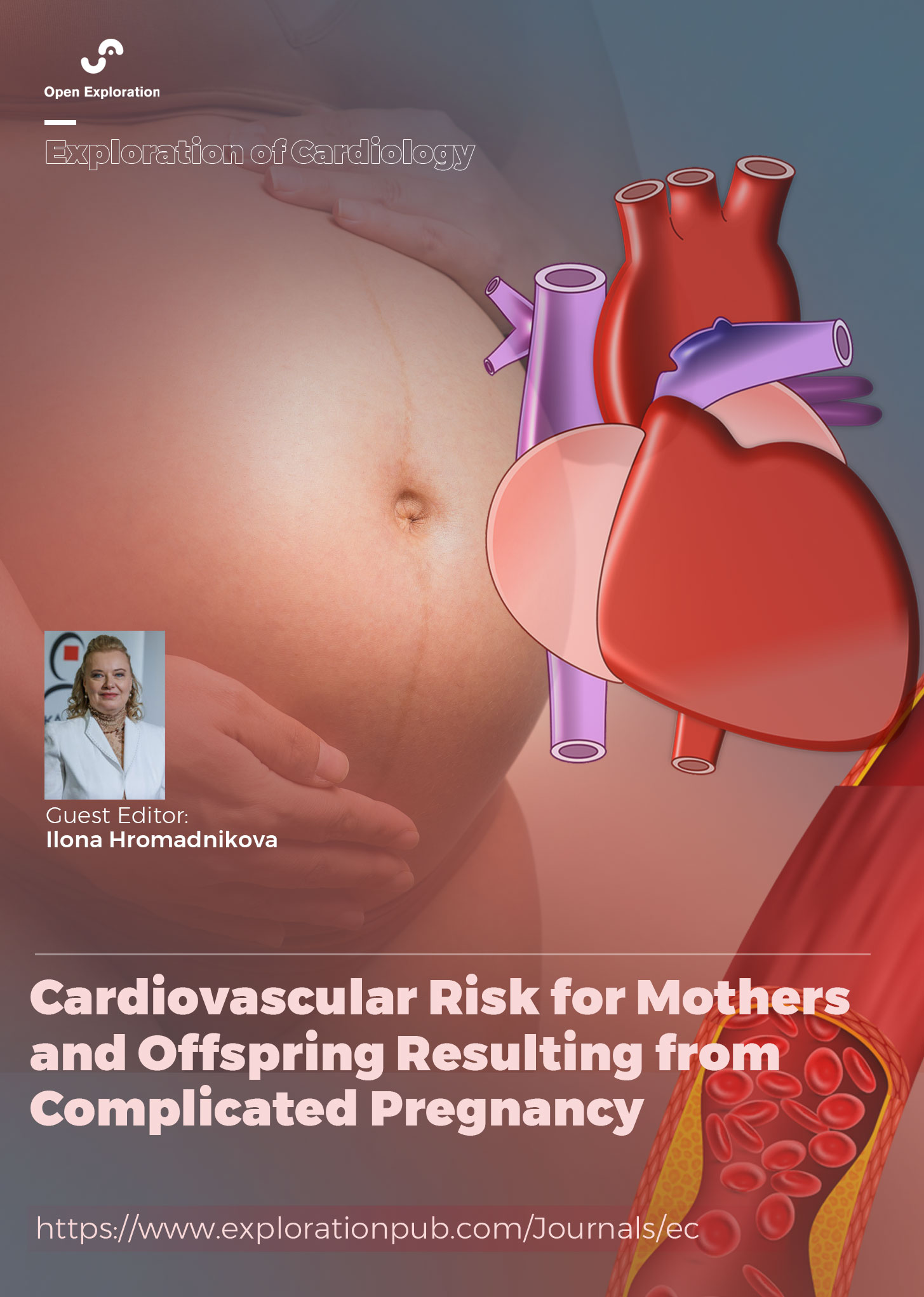
Multimodality Imaging in Ischemic Heart Disease
Leonardo Bolognese Maurizio Pieroni
June 30, 2025
Published Articles: 4
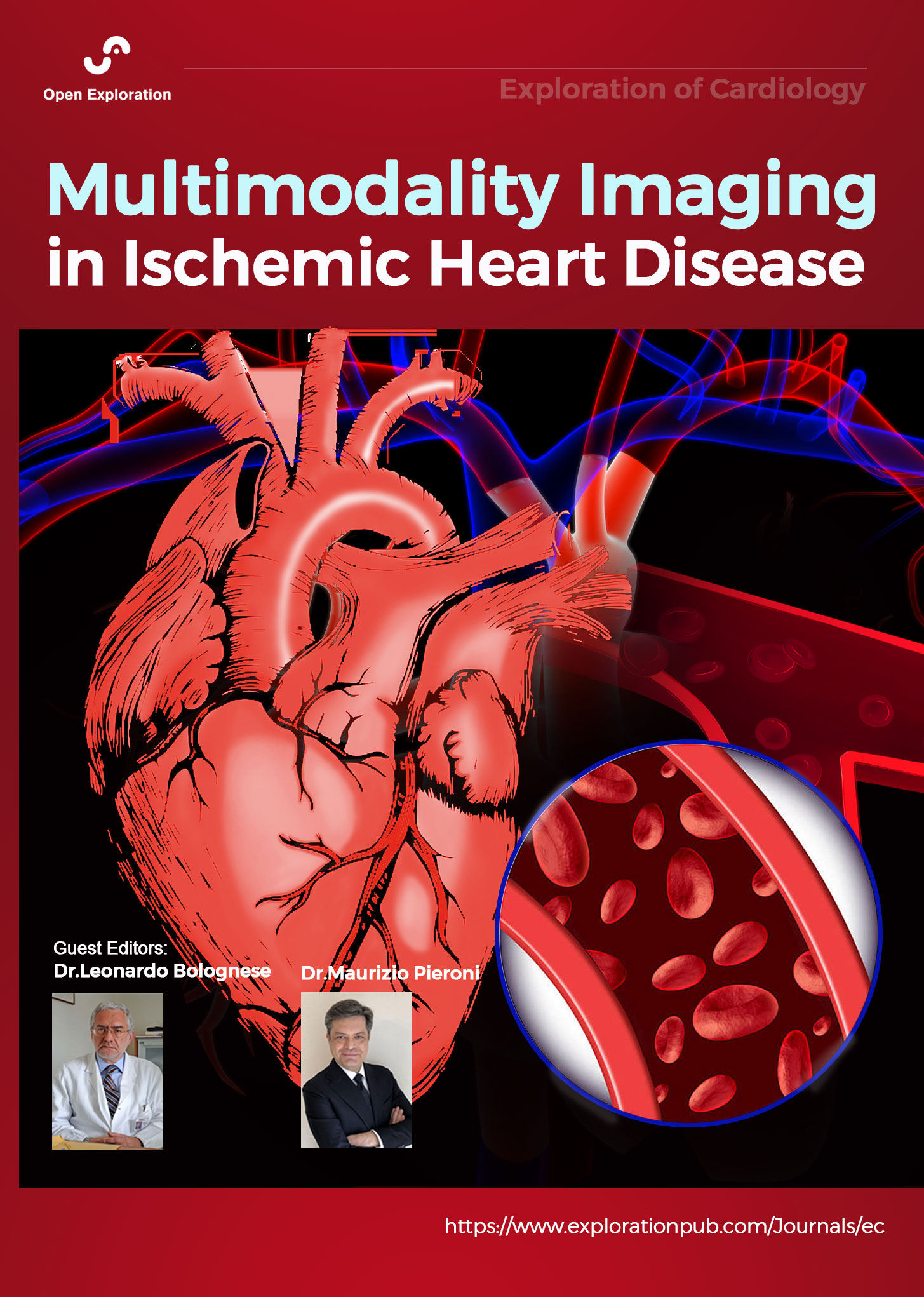
Environmental Cardiology
Maria Grazia Andreassi
June 07, 2025
Published Articles: 5
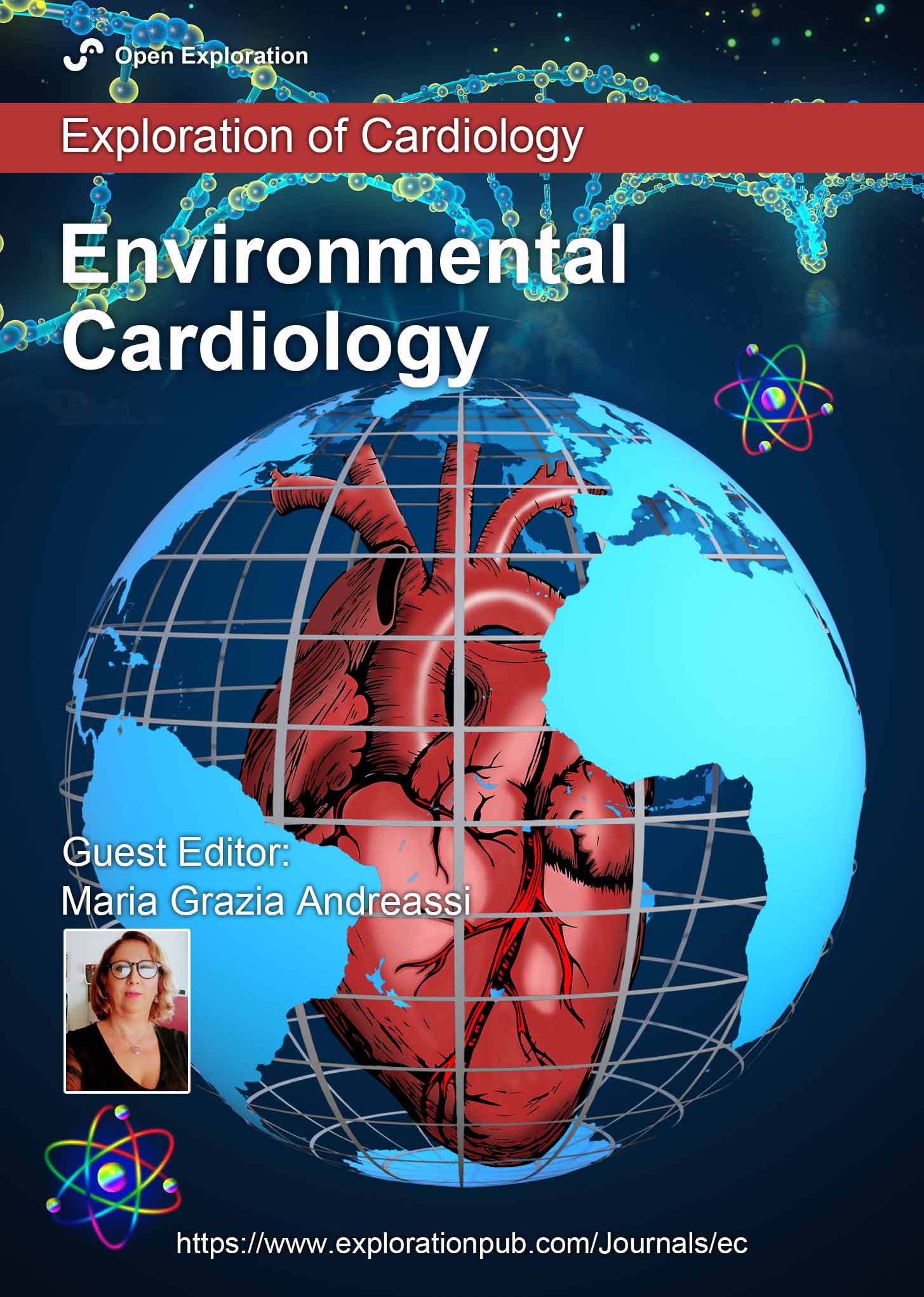
Molecular Mechanisms of Cardiovascular Aging
Andrea Borghini
June 07, 2025
Published Articles: 4

Journal Information
Journal Indexing
Journal Metrics
Article Usage (total)
Views: 93,944
Downloads: 3,448



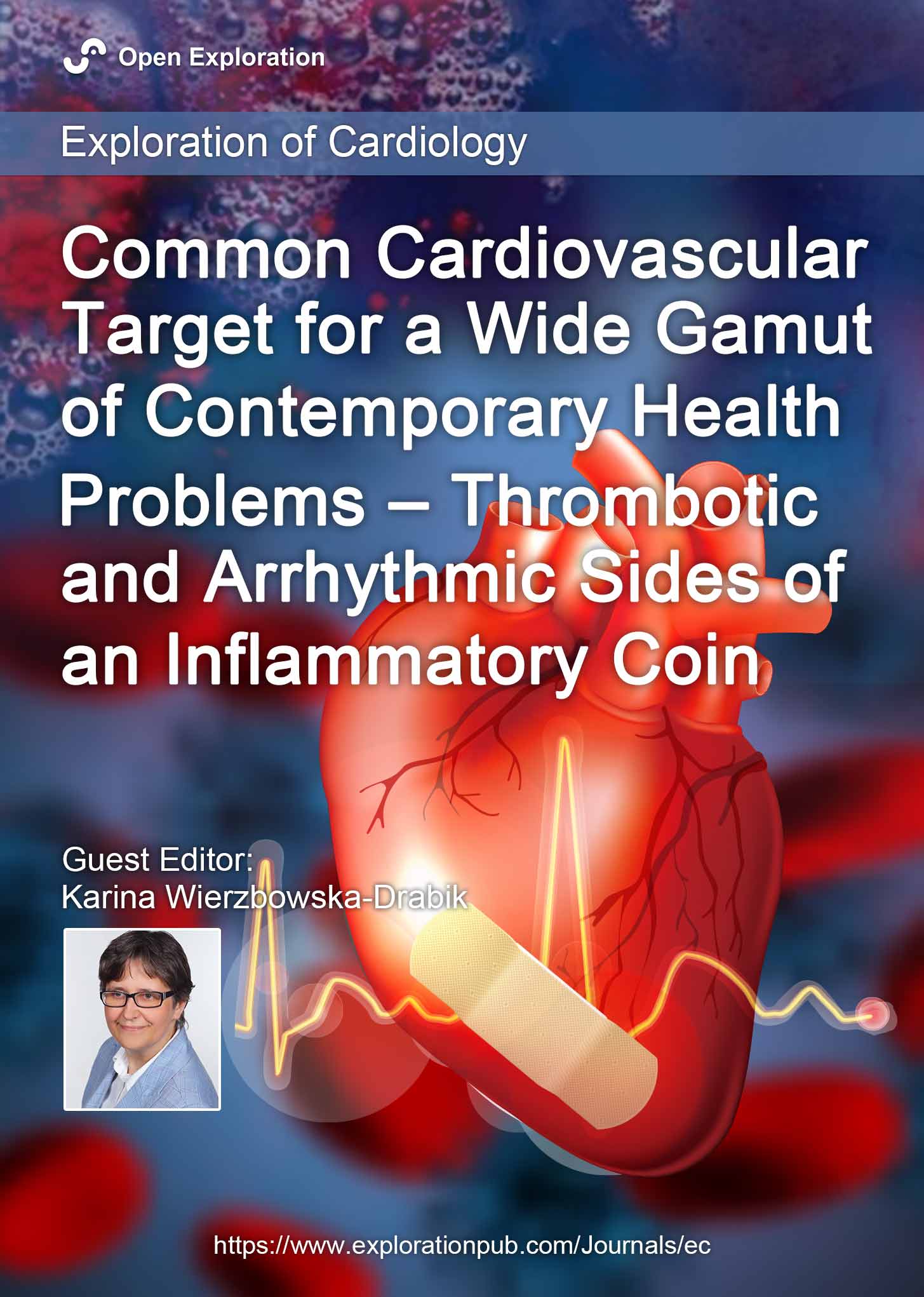




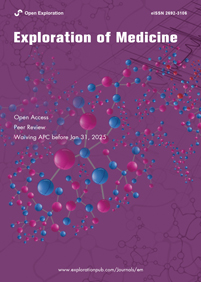
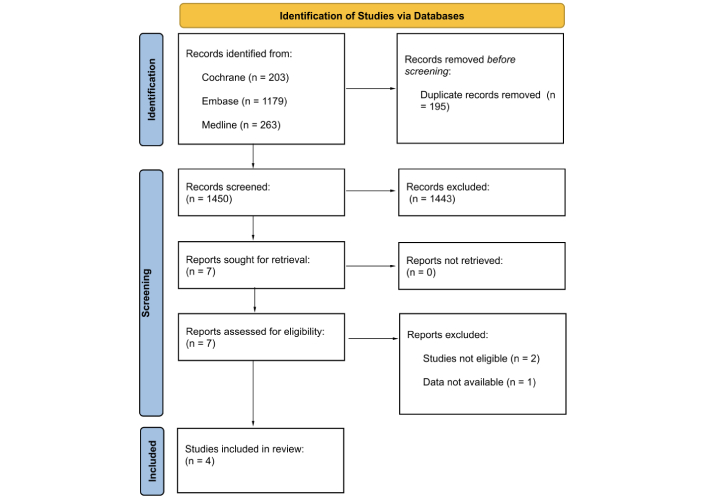 Title: Unravelling the interplaybetween #Harmattan wind andbaroreflex functions: implicationon environmental health andcardiovascular #pathophys
Title: Unravelling the interplaybetween #Harmattan wind andbaroreflex functions: implicationon environmental health andcardiovascular #pathophys


